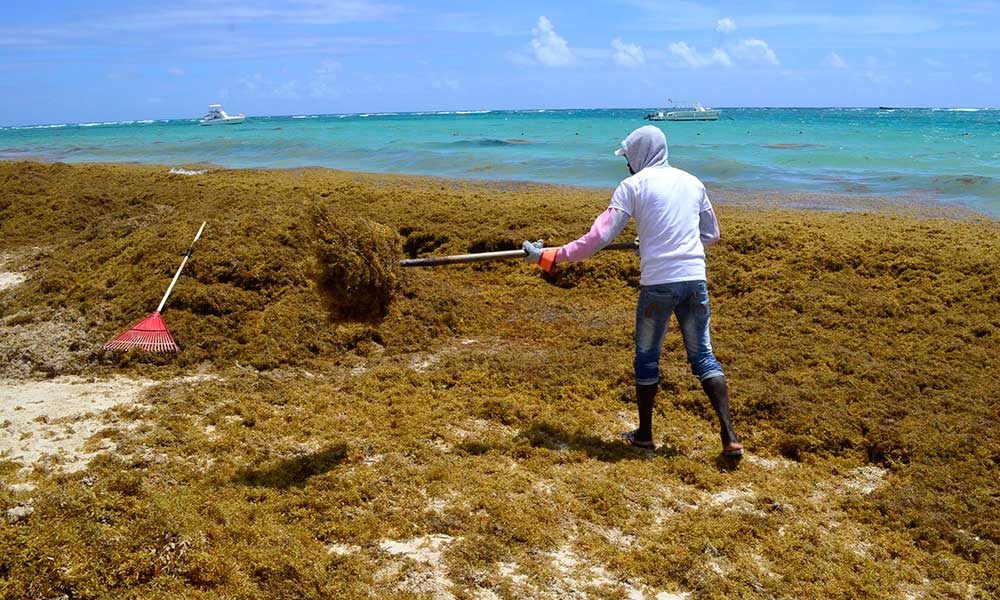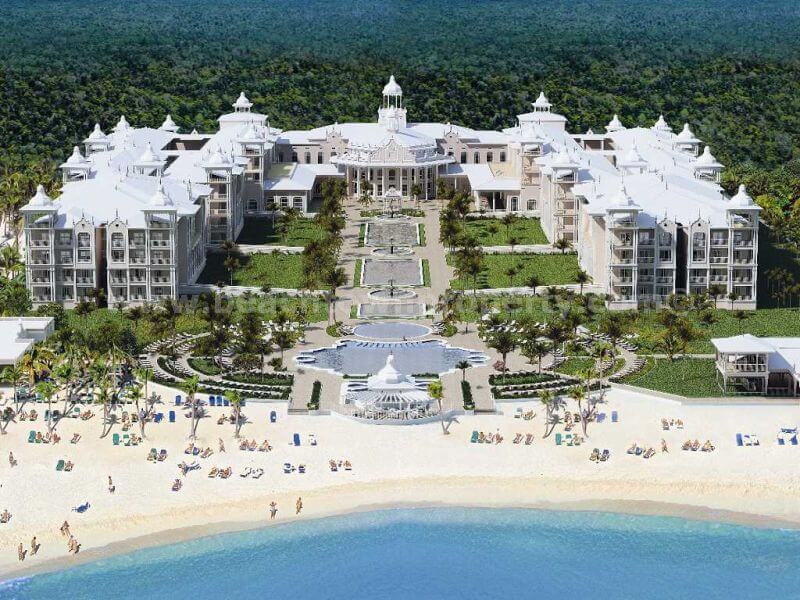The Dominican Republic Is So Much More Than All Inclusive Hotels
Think outside the all-inclusive box and visit the Dominican Republic right
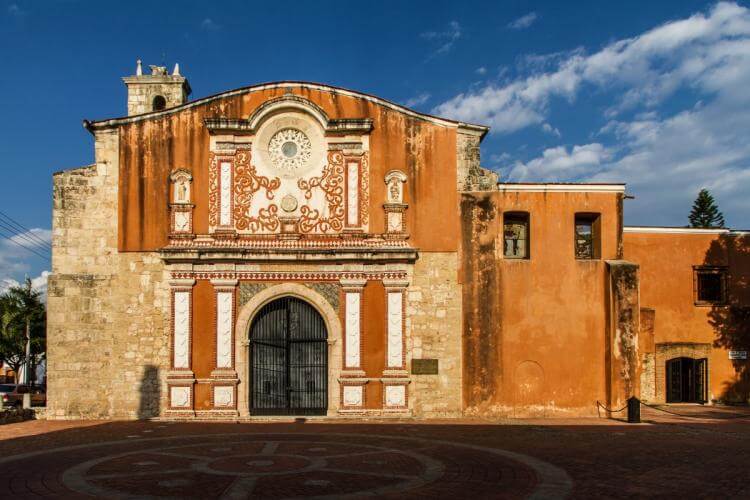
The Church and Convent of the Dominican, located in Santo Domingo’s Zona Colonial, was the first convent in the New World.
(CHRISTIAN GROSSE/CHRISTIAN GROSSE)
Santo Domingo’s centrally located historic district, the Zona Colonial, is the oldest continually inhabited settlement in the New World, a status worthy of a UNESCO World Heritage Site designation.
Set apart from the city’s major commercial and business hubs, it takes no more than a half day to walk the cobblestone streets of this nearly 2-square-mile neighborhood, filled with Gothic, Spanish and Moorish architecture.
Nearly all of Zona Colonial’s sites can be preceded with the descriptor “oldest colonial ____.” These include the Alcazar de Colon (Christopher Columbus’s house) the Convento de Dominicanos, the Catedral Primada de América (the New World’s oldest operating church) and the oldest colonial military structure, Fortaleza Ozama.
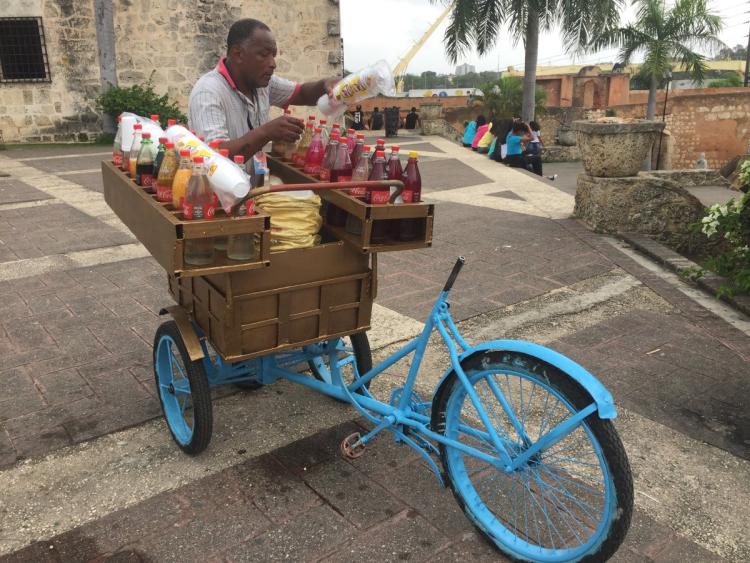
The Dominican Republic Is So Much More Than All Inclusive Hotels In Santo Domingo, vendors hawk fresh fruit smoothies.
Signs of new life in this old city are seen in some of the more contemporary restaurants and clubs, as well as modern stores like Alpargateria, a shop that sells handmade espadrilles in front and in back has a cozy bar-cafe with board games and good drinks.
Fine dining is available, but in the DR, the simpler, the better. Visit any corner store or pharmacy and order a cerveza “vestida de novia” (dressed like a bride) — in other words, a bottle of beer so cold it’s coated in white frost. The country’s preferred liquor is rum, and most Dominicans like to drink Brugal, a typical smooth brand, on the rocks or on ice. You can also order a fruit smoothie (“battita”), which, in the DR, comes with optional evaporated milk for a sweeter experience.
Never skip the traditional Dominican breakfast: two fried eggs, fried cheese, mangu (mashed green plantains with pickled onions on top), fried salami and a piping hot cup of strong, local coffee.
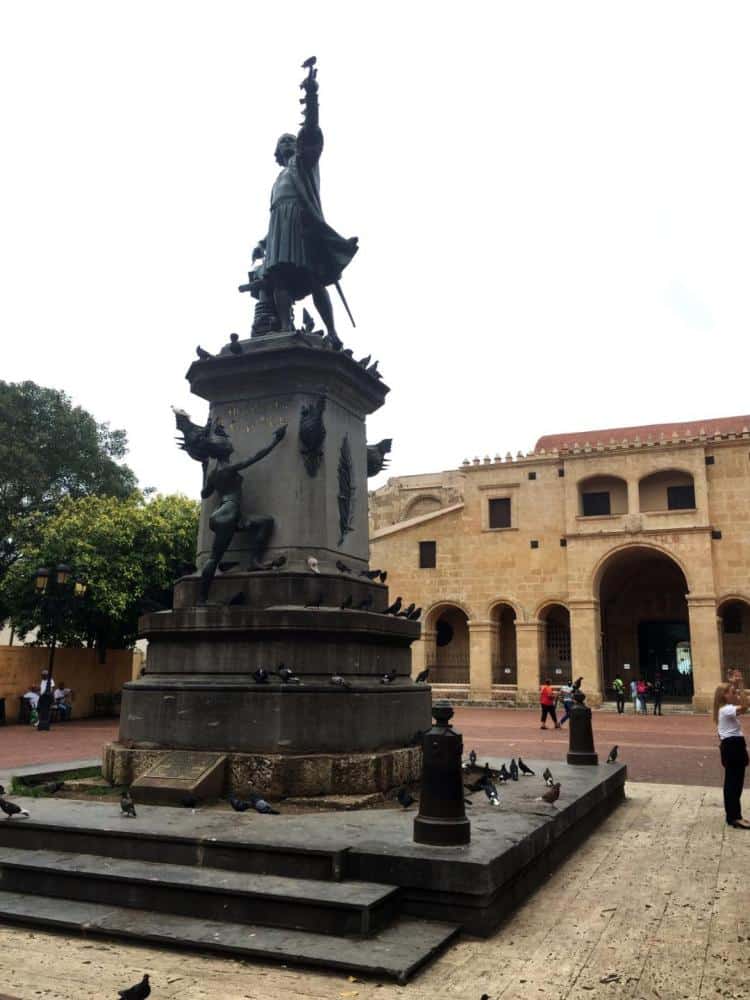
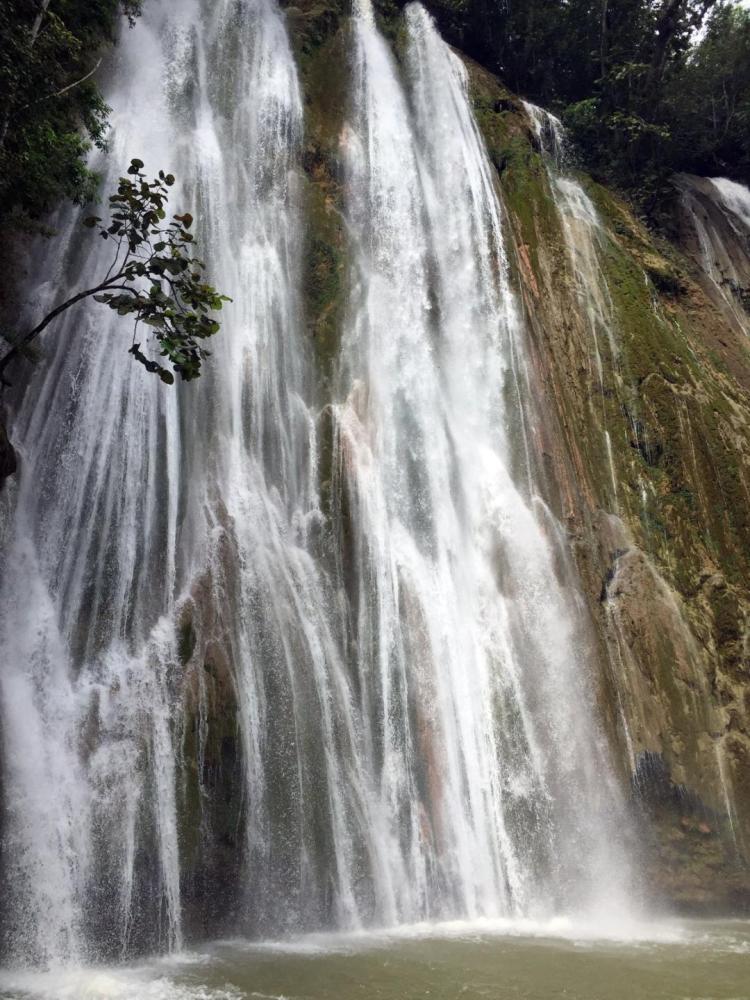
This statue of Christopher Columbus, with a native Taino reaching up to him, is in Zona Colonial in Santo Domingo. Once out of town, you can hike or ride a horse to El Limon waterfalls in Samana.
For luxury lodging befitting of the city’s rich history, stay at Casas del XVI, a series of boutique hotels in restored homes dating back to the Spanish conquistadors. You will feel as though you have been transported back in time.
There are 12 rooms among a network of four homes in the Zona Colonial, each with a design reflecting the Spanish, indigenous, Caribbean, and African influences in the city. All four homes are in walking distance of any Zona Colonial site.
“I wanted people to have the feeling of an old house, but also get the feeling of the Caribbean,” said Patricia Reed, the hotels’ interior designer.

The Dominican Republic Is So Much More Than All Inclusive Hotels In Santo Domingo, colonial history is all around you.
Breakfasts are served in the houses’ courtyards and one of the houses has a pool that all guests can use. Each room comes with modern luxuries, like a courtesy iPhone programmed to call your personal butler, and a full-service, personable staff ready to help with any question or request.
A sanctuary in Samana
Travelers who want to avoid the popular tourist havens of Punta Cana and Puerta Plata will find solace in the equally beautiful but less packed shores of Samana.
Samana is a lush, rural peninsula on the island’s northeast coast known for its tropical mountain range and pristine white beaches. Thanks to a freeway built in 2012, the trip from Santo Domingo is a smooth 3-hour drive.
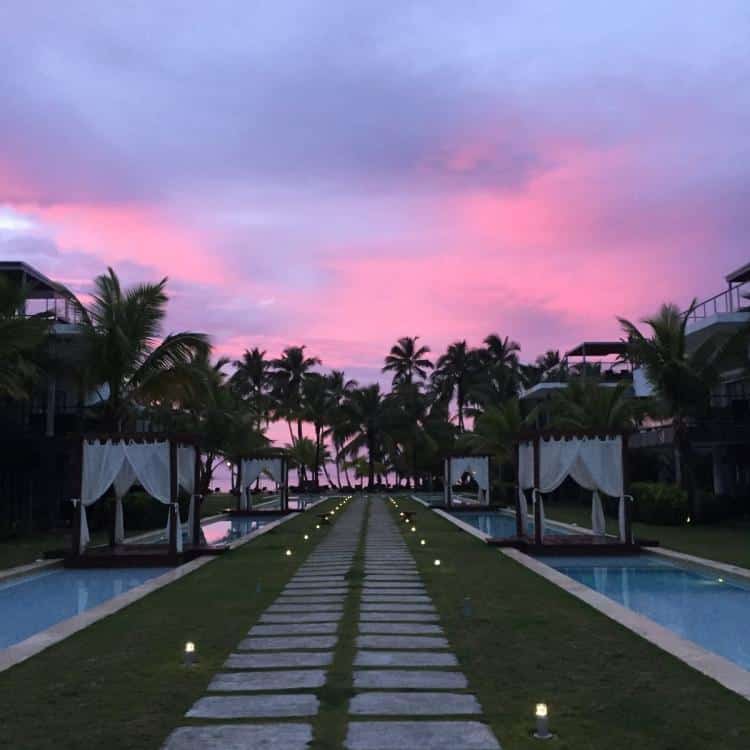
The Dominican Republic Is So Much More Than All Inclusive Hotels Sublime Samana is in a remote region, but offers a lush, luxurious experience.
Travelers who enjoy eco-tourism will find plenty to do in this region, like riding horses or hiking up to El Limon waterfall or visiting local coffee farms nestled among the jungles of the Sierra Samana range. Travelers can visit the farms and leave with bags full of locally grown coffee beans or a bottle of tree bark and herbs, which the locals mix with rum, honey and red wine to make Mamajuana, the island’s ubiquitous moonshine.
There are several resorts strung along Samana’s north coast, but they manage not to impose on the beaches’ serenity.
One of these resorts is Sublime Samana, which provides guests a beautiful blend of ecotourism and luxury lodging. The palatial resort has 26 private rooms and casitas of varying sizes to accommodate families and couples. Nearly all the rooms look out onto a courtyard of linked pools that lead out to the ocean.
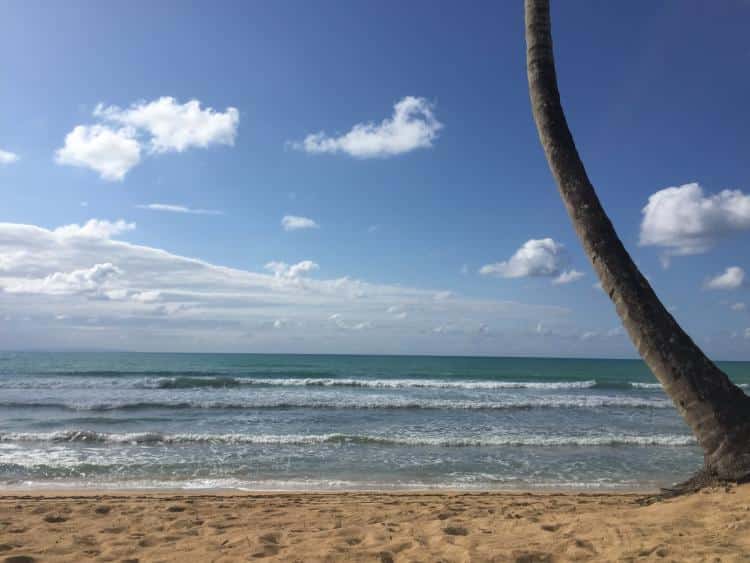
The Dominican Republic Is So Much More Than All Inclusive Hotels The beach in Samana is vast and unspoiled
Bistro, Samana’s restaurant, offers freshly caught seafood dishes and traditional Dominican eats. If you’re feeling brave, the hotel’s head chef, Christian Baez, will prepare the venomous lionfish, which is edible once its poisonous spine is removed. Consuming the predator actually helps regulate their population and protect local coral, so you’re doing Samana a favor.
A personal favorite feature of Sublime Samana is its decadent spa, where guests can get a “coconut whisper” treatment. The well-trained and friendly spa staff lather you in coconut oil and other locally-derived products, wash you down and give you a rejuvenating massage. You emerge from the spa’s cabana room refreshed and with skin softly “kissed” with Samana’s natural remedies.
If you go
Getting there: Direct flights from New York to Santo Domingo can dip as low as $350 but as high as $700 if you go around the winter holidays.
Where to stay: In Santo Domingo: Casas del XVI in the Zona Colonial is for travelers who want to feel transported back in time. In Samana: Sublime Samana is a luxurious all-inclusive experience in a remote, lush province.
Where to eat: Grab a coffee or a cocktail at the cute Alpargateria in Zona Colonial.
What to see: In Santo Domingo, Christopher Columbus’s house, the Convento de Dominicanos, the Catedral Primada de América (the New World’s oldest operating church) and Fortaleza Ozama.


